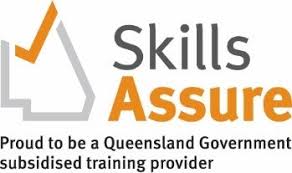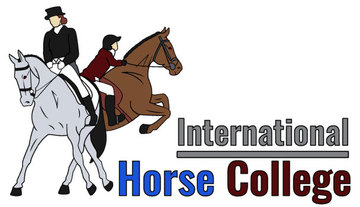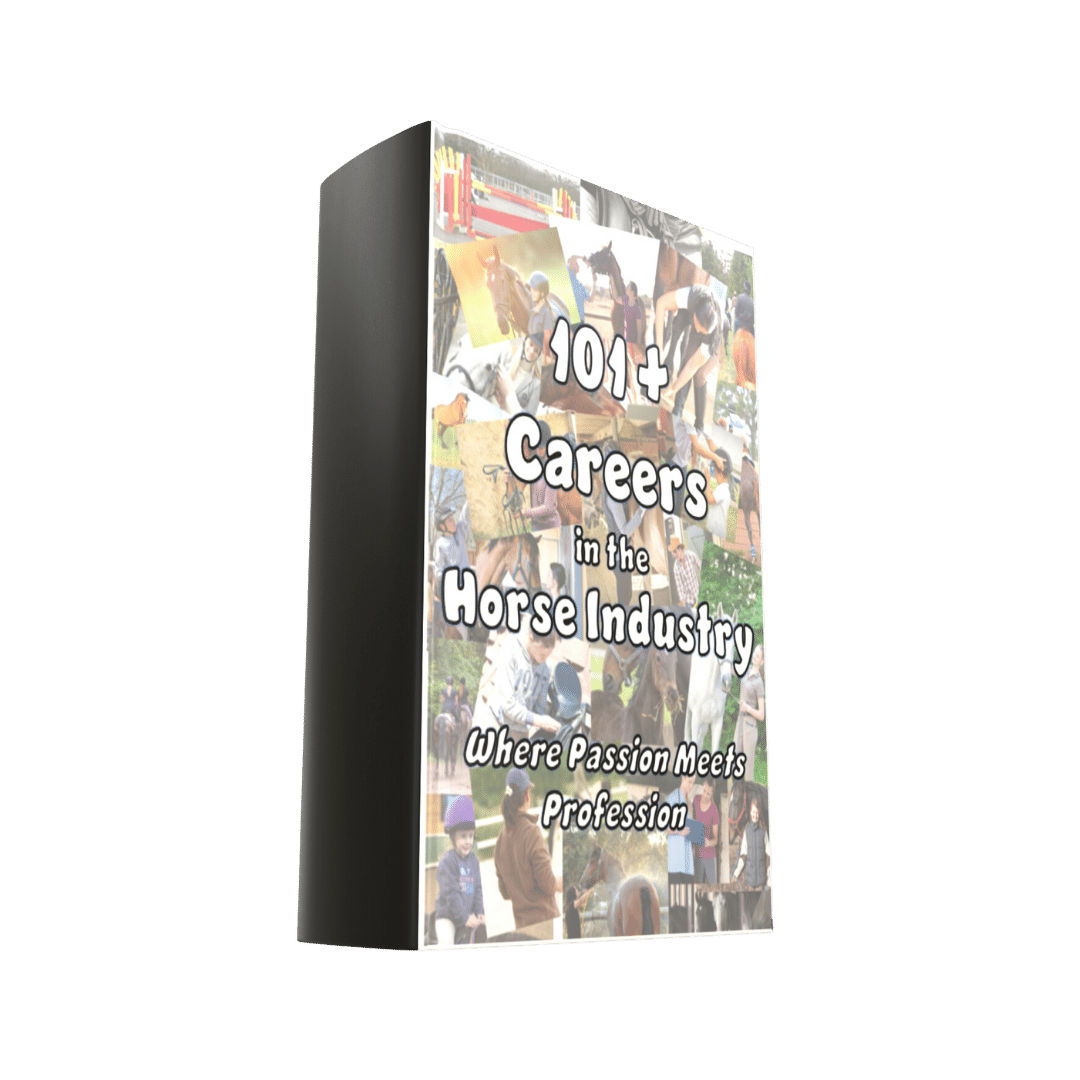Equestrian Environment Checklist
There will come a time when you need to practice your skills. We are concerned for your safety and well-being so we have prepared the following checklist about what to look for in your equestrian environment where you will do your practical training and preparation for assessment.
The first step is to read the Safe Work Australia ‘Guide to managing risks when new and inexperienced persons interact with horses’ . A copy of this guide can be found below.
Safe Work Australia – Guide to managing risk when new and inexperienced persons interact with horses.
Most people who enter our courses do so because they already have an interest in horses. They may have their own horse or horses or have access either in a commercial setting or privately.
If you are new to horses, you should look for a commercial setting which is well reputed. If you contact your National or State Equine Body, they will probably have a list of riding schools or equestrian centers that they will recommend to you. We have also prepared this checklist for you, but keep a copy of the Safe Work Australia Guide with you when you check out an equestrian establishment.
Overall Presentation – What are your first impressions? Does this look like a business that will meet your needs?
Horses – Do they appear to be in good health and fitness?
Is there a horse or a range of horses that are of suitable size, conformation, training and temperament to suit your level of riding and horses management?
Equipment – Is the saddlery in good condition? It should be well maintained (oiled if leather) and not in need or repair.
What other equipment is there? Jumping equipment and other riding equipment should also be well maintained without sharp edges.
Riding Area – Is there a safe, well fenced riding area with a non-slippery surface?
When you are first learning to ride, a smaller area is necessary (ideally a 20 m circle), and then progressing to a larger area as your balance, confidence and control improves.
If you plan to go trial riding, is there safe access to riding trails?
Your Supervisor – Is there someone who can supervise you while you learn new skills?
They should be competent (preferably qualified) at a skill level above your training level to be able to give you practical tips, advise you of what to avoid and what is unsafe. They should be able to supervise you until you are competent in that skill.
Your Safety Equipment – Some equestrian establishments provide helmets and boots, but you may have your own. Make sure they fit according to the manufactures recommendations. Does the centre have adequate insurance?
Facilities – The structure and condition of buildings and other facilities should all be in good condition
Other Considerations – Is someone trained in First Aid?
If you are doing a coaching qualification, are there other people that will ride for you while you practice your coaching/ teaching skills?
Risk Assessment – Does everything look like the type of equestrian establishment discussed in the Safe Work Australia Guide?
If you are not sure and are new to horses, all this information can be a bit mind boggling. If you would like to make sure you have a suitable equestrian environment for your practical activities, then please contact us.
ACCREDITATION AND MEMBERSHIPS




